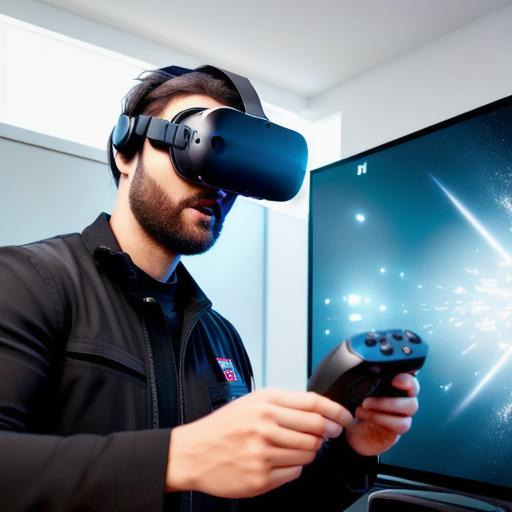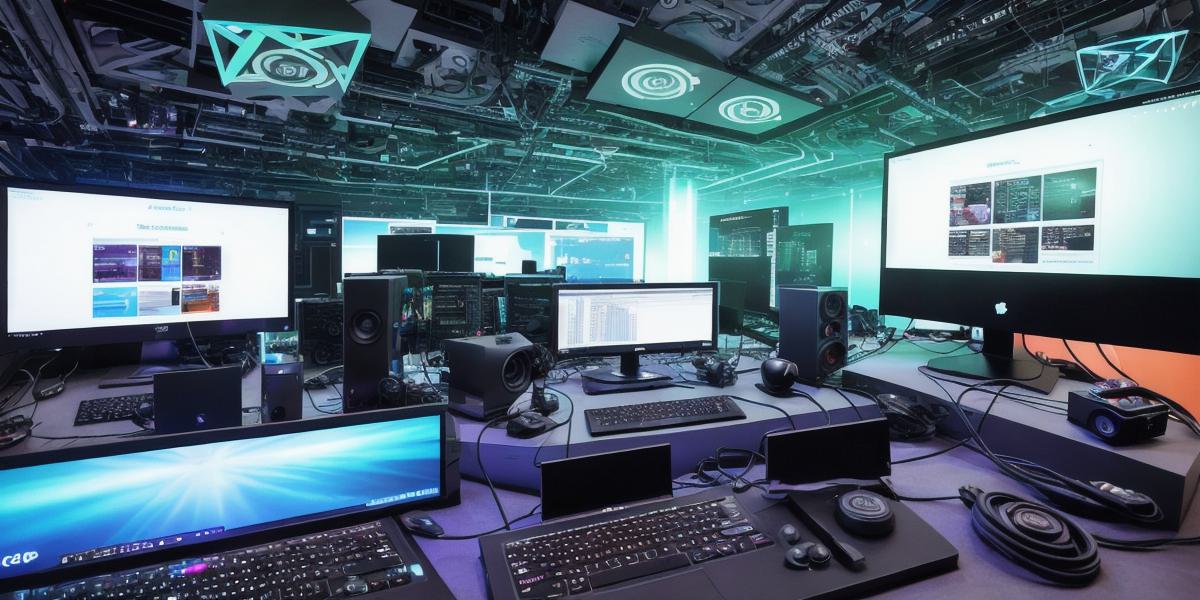Introduction
NFTs, or non-fungible tokens, have been making waves in the art and collectibles world since their introduction in 2017. But the potential of NFTs goes far beyond just buying and selling digital assets. With the rise of Web3 technology, NFTs are now being explored for a wide range of applications that could revolutionize industries such as gaming, music, and real estate.
In this article, we will explore the potential of NFTs with Web3 technology and provide practical advice for developers to create engaging and valuable NFT experiences for their users. We will also discuss some of the challenges and limitations of NFTs and how they can be overcome.
Understanding NFTs and Web3 Technology
Before we dive into the potential applications of NFTs, let’s first understand what NFTs are and how they work. NFTs are unique digital assets that can be stored on a blockchain and transferred from one person to another like traditional artworks or collectibles. They are not interchangeable and each NFT has its own unique identity, which makes it valuable and desirable.
Web3 technology, on the other hand, is a decentralized network that enables secure and transparent transactions without the need for intermediaries such as banks or governments. Web3 technology is built on blockchain technology, which is a distributed ledger that records all transactions in a transparent and immutable way.
Combining NFTs with Web3 Technology
The combination of NFTs and Web3 technology opens up a world of possibilities for developers to create engaging and valuable experiences for their users. Here are some potential applications:
- Gaming: NFTs can be used as in-game assets, such as collectible cards or weapons, that can be traded and earned through gameplay. This not only adds value to the game but also creates a sense of ownership and scarcity among players.

- Music: NFTs can be used to sell digital music files as unique assets, with each file having its own identity and ownership rights. This could revolutionize the way artists monetize their music and provide fans with exclusive access to rare and valuable content.
- Real Estate: NFTs can be used to represent real estate properties as unique assets that can be bought, sold, and traded on a blockchain. This not only adds transparency and security to property transactions but also creates a new market for real estate investment.
- Art: NFTs can be used to sell digital art files as unique assets that can be owned and displayed by collectors. This could create a new market for artists and provide collectors with exclusive access to rare and valuable artworks.
Challenges and Limitations of NFTs
While the potential of NFTs is enormous, there are also some challenges and limitations that developers need to be aware of:
- Cost: Creating and selling NFTs can be expensive, especially for small-scale projects. Developers need to carefully consider the costs involved in creating and marketing their NFTs.
- Complexity: NFTs require a good understanding of blockchain technology and smart contracts, which can be complex for some developers.
- Interoperability: NFTs created on one platform may not be compatible with another platform, which could limit the potential of NFTs.
- Regulation: There is currently no clear regulation around NFTs, which could create legal and financial risks for developers.
Summary

In conclusion, NFTs with Web3 technology have immense potential to revolutionize industries such as gaming, music, real estate, and art. However, there are also challenges and limitations that developers need to be aware of. By understanding the basics of NFTs and Web3 technology, and by carefully considering the costs, complexity, interoperability, and regulation
